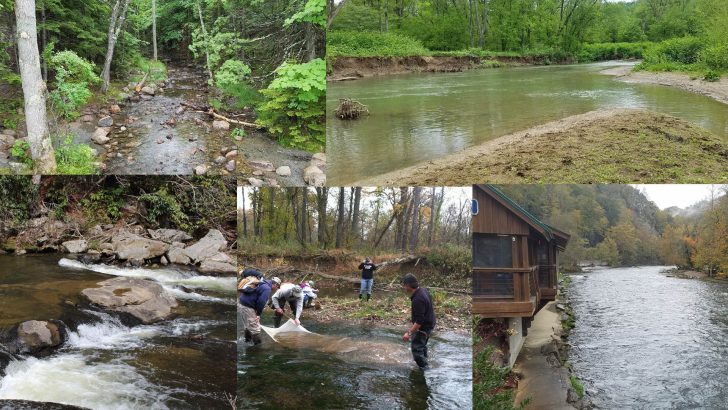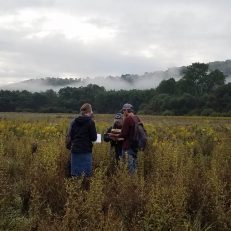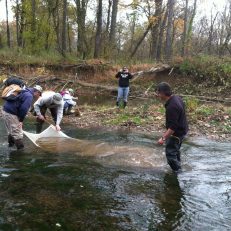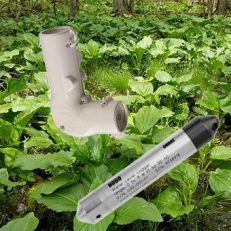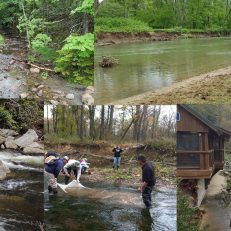The Swamp School is offering an online and virtual field workshop series on stream restoration. The program is divided into five key components and includes the latest state of the science methods and field techniques garnered from real world practical experience. Our program instructors have years of in the field experience with miles of stream restoration design knowledge.
Stream Restoration – Part 1 Stream Physics = $1,799 VALUE
36 PDHs
Category: Stream Restoration
Level: 403
This program is focused on the physics of the stream and the energy patterns associated with it. The emphasis will be to identify how water and land interact based upon a number of physical features. Some aspects of these geomorphic features include:
- Stream slope
- Watershed size
- Stream width and depth
- Stream patterns
- Stable flooding patterns
- Bankfull
- Regional curves
- Impervious surface watershed impacts
- Identifying the stream type based upon the Rosgen Stream Classification System
Stream Restoration – Part 2 Stream Site Assessment Techniques = $1,799 VALUE
36 PDHs
This workshop will demonstrate how to measure the physical aspects of the stream discussed in Part 1. Virtual in the field demonstrations will be provided on how to assess:
- Bankfull flooding
- Stream widths
- Stream depths
- Stream patterns
- Stream profiles
- Stream bank erosion
- Stream scour
- Substrate measurements
Stream Restoration – Part 3 Stream Ecology = $1,799 Value
36 PDHs
This program is focused on the biologic aspects of the stream. This includes an examination of the riparian edge and extends into the aquatic flora and fauna of the stream. We will discuss the ecological implications and provide ecological methodologies to assess:
- Stream bank stability
- Water quality
- Fish
- Macroinvertebrates
- Sediment stabilization
- Wildlife
- Ecological heritage
- Vegtative hydroperiods
- Biological benchmarks
Stream Restoration – Part 4 Stream Design = $1,999 Value
49 PDHs
By gathering all of the data derived from the first three parts we are able to move into design. This program will provide the information needed to look for solutions for physical and ecological stream impairments. Using examples from a number of successful stream restoration projects we will highlight what works and what should be avoided. The emphasis will be on natural channel design but we will also highlight when hardscaping may be necessary. Course topics include:
- Natural channel design
- Sustainable design techniques
- Best management practices
- Adaptive management
- Contingency planning
- Innovative engineering solutions
- Ecological restoration
- Site planning and stabilization
- Planting design
- Regulatory considerations
Stream Restoration – Part 5 Stream Monitoring = $1,999 Value
49 PDHs
A successful stream restoration project must include a sound monitoring plan. This workshop will include discussions on the latest monitoring protocols and techniques including:
- Pattern, dimension and profile field surveys
- Monitoring erosion and scour
- Drone surveys
- Remote sensing techniques
- Inventorying vegetation abundance and health
- Corrective action planning
Course schedule
The class is presented in a topics format and will run for a total of 14 or 16 weeks. Students can work at their own pace and complete the course in as little as 2 or 3 weeks or progress at more relaxed speed. There is no specific time schedule when students can work on the class. This class is offered entirely online as a virtual classroom experience. However, this is an instructor lead class and our instructors stand ready to help you with any questions or clarifications you may have.
Time commitments
The student should plan on at least 3-4 hours of dedication to the class per week with additional time in the field during data gathering days.
Weather contingencies
The field aspects of this class will require data collection that may be impacted by local weather conditions. Most of the field work can be done year-round so long as the stream being assessed is not covered by heavy snow or frozen solid. If the stream is flowing such that you can measure the channel you should not be impacted by the weather. If you are not able to conduct the field wok with the course time frame due to bad weather conditions, a class extension will be granted and coordinated with your instructor.
Student Provided Equipment
You will need a builders laser level and rod to conduct the stream surveys. You will also need measuring tapes (>100’). You will not need full survey capabilities but you will need to be able to accurately measure stream pattern, dimension and profile.
For the design class you will need access to a drafting program like AutoCAD or MicroStation. However, you can also manually draft your designs if you do not have these resources. Alternatively, you can also use some of the free drafting programs like Google Drawings or similar.
It is highly recommended that you do the field work with a partner. Ideally, a fellow co-worker who is also taking the class.






